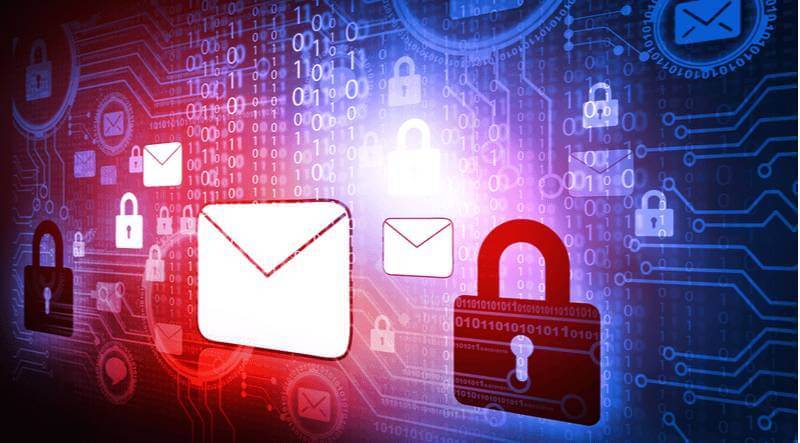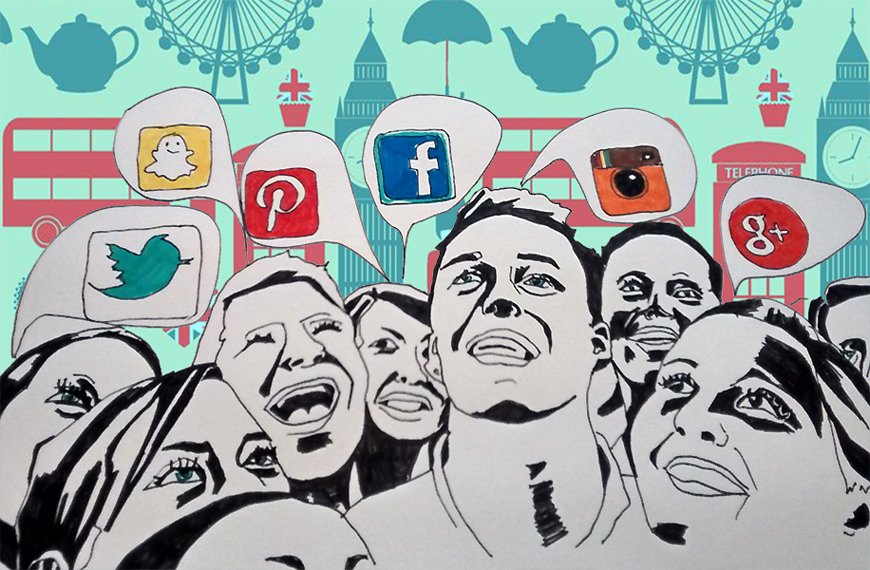
Email Threats
Types of Email Threats and How to Mitigate Them
In spite of the rising popularity of instant messaging apps and social media, email remains to be the most used medium for formal communication. With the pandemic forcing more and more businesses to adopt a work from home policy, the reliance on online communication, especially emails, has reached an all-time high. Naturally, this remote work approach brings in an increase in new security threats. It has been reported that over 90% of cyberattacks start with phishing email messages. So, let us first talk about the most common types of email threats , while the next segment of this article will tackle their mitigation.
Spam
While many people associate spam with more of an annoyance than a serious threat, spam can result in costly damages and be quite a threat to data security. For example, one infamous 2017 data breach event caused by a spambot led to over 700 million email addresses being leaked and compromised.
Phishing
Phishing refers to any cyber attack in which the hacker impersonates a trusted figure. The idea behind impersonating a reputable source or a trusted figure is to make a recipient more susceptible to sharing sensitive data, such as their account details and passwords.
Viruses
A virus is a malicious piece of computer code designed to spread from device to device. Viruses most commonly accompany phishing or spam attacks, getting access to an individual’s or an organization’s system through emails, so they can be one of the email threats . Once a virus has entered the system it replicates itself, corrupting the files in the system. Moreover, depending on the type of the virus, it can either crash the entire system, erase data, or steal passwords.
Ransomware
Ransomware is another type of malicious software that infects a computer and restricts users’ access to it until a ransom is paid. Ransomware attacks are one of the most common cyber attacks, and they have been on an alarming rise throughout the last few years. In the year 2021, approximately 37% of global organizations claimed they were victims of some sort of ransomware attacks, according to IDC’s 2021 Ransomware Study.
So, with that now being covered, let’s move onto:
How to Mitigate Email Threats?
Implement a secure email gateway
A Secure Email Gateway (SEG) is “a device or software used for monitoring emails that are being sent and received.” By implementing a secure email gateway within your business, you can easily filter incoming and outgoing emails and flag suspicious content such as spam, malware, phishing attacks, etc.
Invest in a secure data archiving solution
For both security-related and legal reasons, most companies have an automated email archiving solution in place. However, if that system isn’t secured, all it takes is one successful attack and hackers can easily access all of your sensitive data, significantly damaging your company. This is why it’s important to have a proper data archiving solution in place.
This solution should also cover encryption, user authentication, and role-based permissions. In order to make your data archiving plan even more secure and reliable, it is recommended to have an email retention policy in place as well. Having such a policy will provide you with quick and safe access to all of your archived data, while it will also enable your company to further optimize data archiving costs.
Invest in antivirus software
While this one should be a given, it is still important to mention the benefits of having antivirus software. We can think of antivirus software as a security guard at the gate preventing unwanted personnel from entering your facility. In the same way, antivirus prevents harmful emails and malicious codes from entering your organization’s system.
However, simply having an antivirus layer is not enough to be completely safe, if your staff is not properly informed and trained on how to handle suspicious emails.
Have strong passwords and multi-factor authentication
Even if you invest in the highest-grade software and you follow all of the email security protocols, none of that could be enough if your employees are not taking email security seriously.
Avoid using generic and easy to guess passwords such as “123456789” or “company name” and make sure to change your passwords regularly to avoid certain data breaches. It would also be wise to implement multi-factor authentication, which means users will have to provide two or more pieces of evidence to verify their identity when they enter their login credentials.
Think before you open an email attachment
One of the easiest ways for hackers to transmit malware and access your data is through email attachments. Make sure you carefully inspect every attachment before you open it. Pay attention to the source and the format of an email.
One way of determining whether an email attachment is safe is to look at the file extension, files with JPG/JPEG, GIF, TIF/TIFF, WAV, MP3, and MPG/MPEG are generally considered to be safe. While files with XLS, TXT, or DOC extensions are less likely to be secure.
Summary: Investing in Email Security
Email security should be paramount to any organization or individual, and we should do everything in our power to secure and protect our private data from malicious attacks. Emails are one of the main communication channels used by modern companies and the data that is circulating these networks should be secured.

Founder Dinis Guarda
IntelligentHQ Your New Business Network.
IntelligentHQ is a Business network and an expert source for finance, capital markets and intelligence for thousands of global business professionals, startups, and companies.
We exist at the point of intersection between technology, social media, finance and innovation.
IntelligentHQ leverages innovation and scale of social digital technology, analytics, news, and distribution to create an unparalleled, full digital medium and social business networks spectrum.
IntelligentHQ is working hard, to become a trusted, and indispensable source of business news and analytics, within financial services and its associated supply chains and ecosystems





























